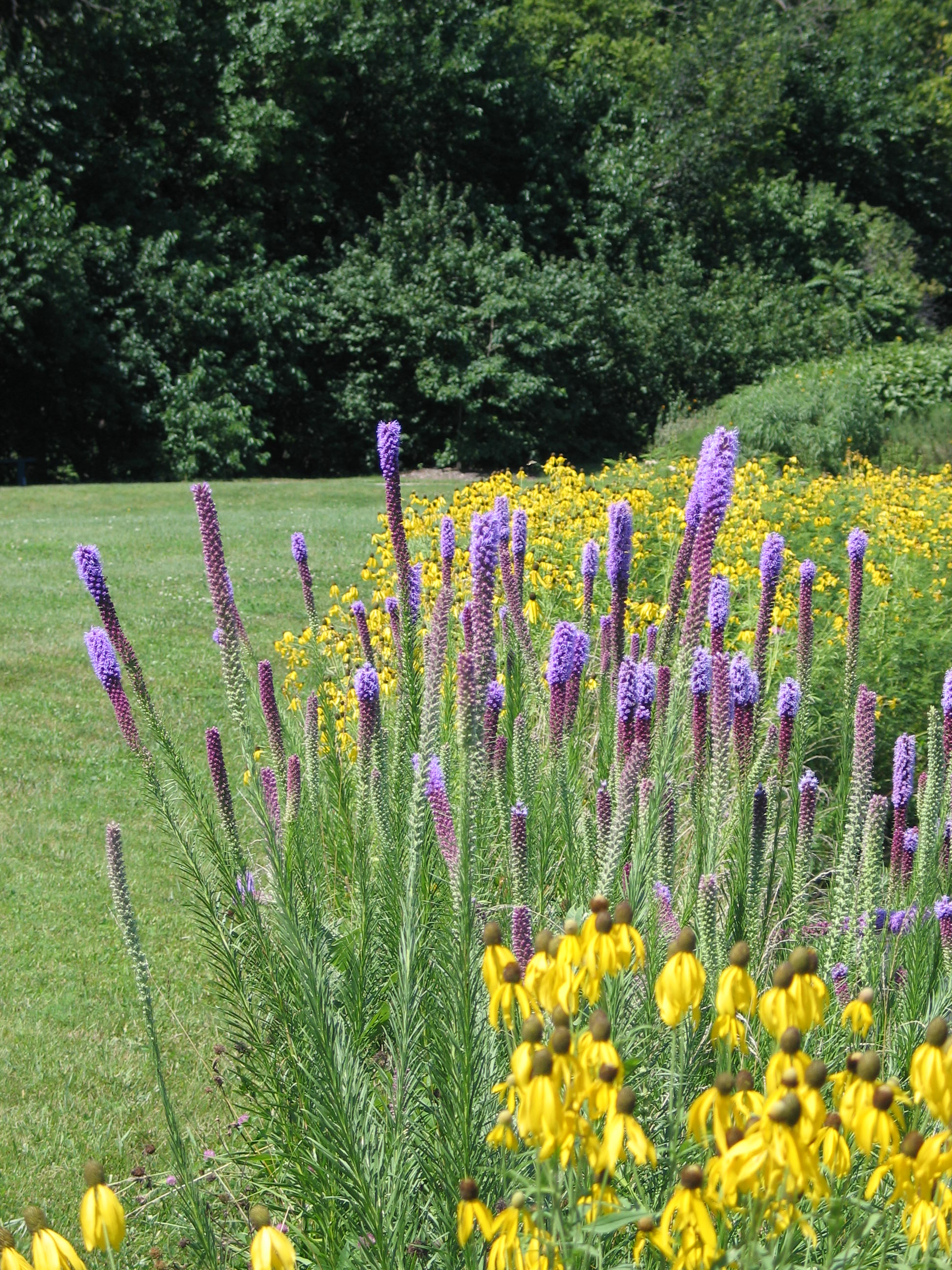How to Create a Bee-Friendly Garden at Home

Imagine stepping into your garden, the air buzzing with life, and the sweet scent of flowers filling your nostrils. This isn't just a beautiful scene; it's a sign of a thriving ecosystem. Bees, those tiny, diligent workers, are essential to our environment and food supply. But they're in trouble, with populations declining worldwide. Want to lend a helping hand? Let's dive into how to create a bee-friendly garden at home, transforming your outdoor space into a haven for these vital pollinators.
Understanding the Importance of Bee Conservation
Bees are more than just honey producers. They're crucial pollinators, enabling plants to reproduce and supporting the growth of crops that feed us and wildlife. By creating a bee-friendly garden, you're contributing to bee conservation and promoting sustainable gardening. It's like giving back to nature, one blossom at a time.
Designing Your Bee-Friendly Garden
Choosing the Right Plants
When selecting plants for your pollinator garden, think diversity. Different bee species have varying preferences and tongue lengths, so a mix of shapes, sizes, and colors is ideal. Native plants are particularly beneficial as they're adapted to local conditions and provide food and habitat for local bees.
Consider plants like:
- Purple coneflower (Echinacea purpurea)
- Black-eyed Susan (Rudbeckia hirta)
- Wild bergamot (Monarda fistulosa)
- Goldenrod (Solidago spp.)
- Asters (Aster spp.)
For a comprehensive list, check out the Xerces Society's plant lists.
Planning for Year-Round Blooms
Bees need food throughout their active season, so aim for a succession of blooms from early spring to late fall. Think of it like planning a year-round buffet for your buzzing guests.
- Spring: Crocus, hyacinth, borage
- Summer: Sunflowers, bee balm, lavender
- Fall: Sedum, Joe Pye weed, goldenrod

Creating Bee Habitat
A bee-friendly garden isn't just about food; it's also about shelter. Most bees are solitary and nest in the ground or in cavities. Leave some areas of your garden undisturbed, with bare soil or dead wood, to provide nesting sites. You can also install bee houses, but ensure they're designed correctly to prevent harm to bees.
Maintaining Your Bee-Friendly Garden
Sustainable Gardening Practices
Adopting sustainable gardening practices is key to maintaining your bee-friendly garden. This includes:
- Avoiding pesticides: Many pesticides are harmful to bees. Opt for organic or integrated pest management methods instead.
- Providing water: Bees need water too. A shallow birdbath or dish with pebbles for bees to perch on will do the trick.
- Mowing less: Let your lawn grow a little longer. This encourages wildflowers like clover and dandelions, which are great food sources for bees.
Observing and Enjoying Your Garden
Take time to observe the bees in your garden. It's fascinating to watch them at work, and you'll learn a lot about their behaviors and preferences. Plus, it's a wonderful way to connect with nature right in your own backyard.
Conclusion: Bee the Change
Creating a bee-friendly garden at home is more than just a hobby; it's a statement of your commitment to bee conservation and sustainable gardening. By providing a safe haven for these vital pollinators, you're contributing to the health of our environment and food supply. So, are you ready to bee the change? Let's get planting!

FAQs
Why are bees important to our environment? Bees are crucial pollinators, enabling plants to reproduce and supporting the growth of crops that feed us and wildlife. Without bees, our ecosystems and food supply would be in serious trouble.
What are some bee-friendly plants? There are many bee-friendly plants, including purple coneflower, black-eyed Susan, wild bergamot, goldenrod, asters, sunflowers, bee balm, lavender, crocus, hyacinth, borage, sedum, and Joe Pye weed.
How can I provide habitat for bees? You can provide habitat for bees by leaving some areas of your garden undisturbed with bare soil or dead wood for nesting sites. You can also install bee houses designed to provide safe shelter for bees.
Why should I avoid pesticides in my garden? Many pesticides are harmful to bees, even those not targeted at them. By avoiding pesticides, you help ensure the health and safety of the bees visiting your garden.
How can I provide water for bees? Bees need water too. You can provide it by placing a shallow birdbath or dish with pebbles for bees to perch on in your garden. Make sure to change the water regularly to prevent mosquito breeding.
0 Response to "How to Create a Bee-Friendly Garden at Home"
Post a Comment